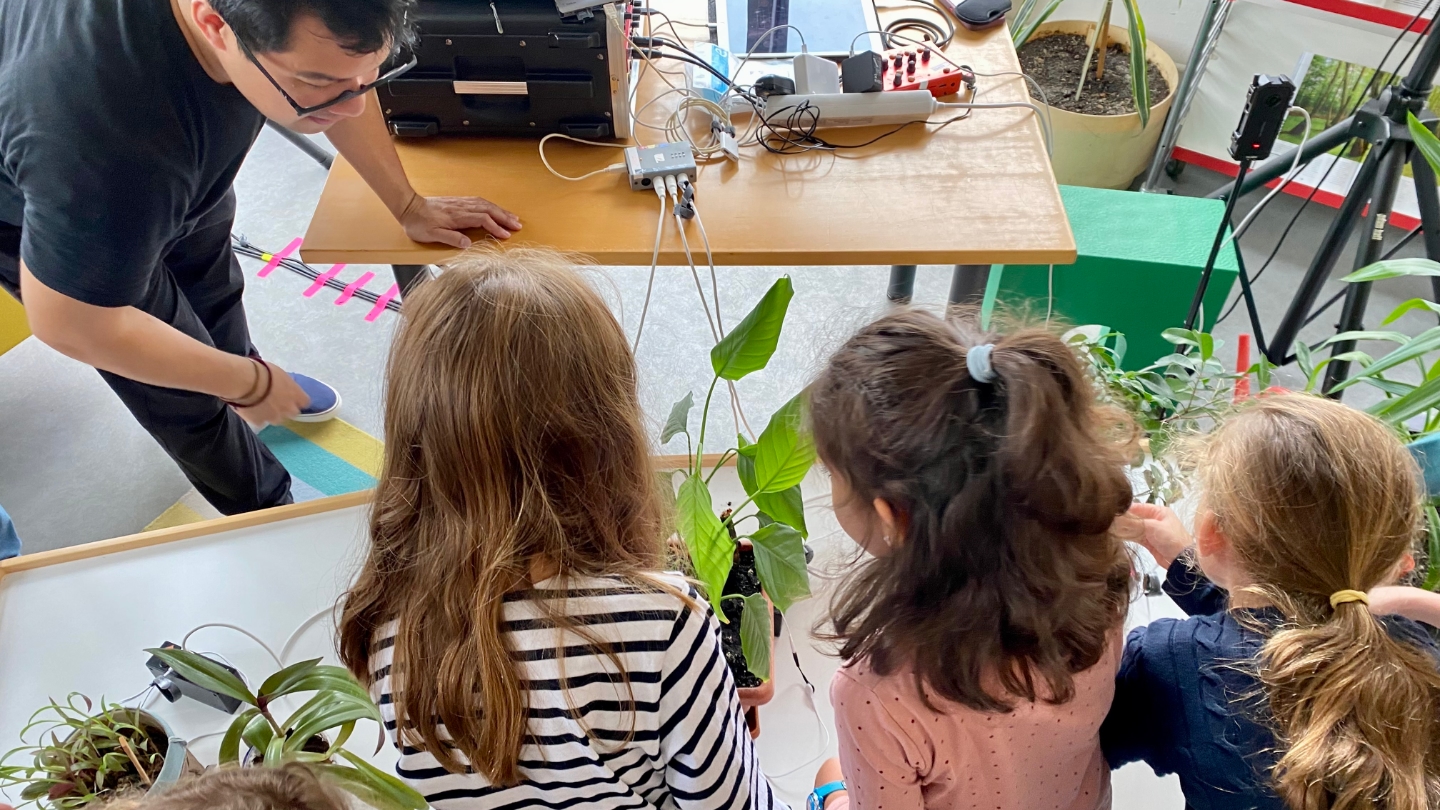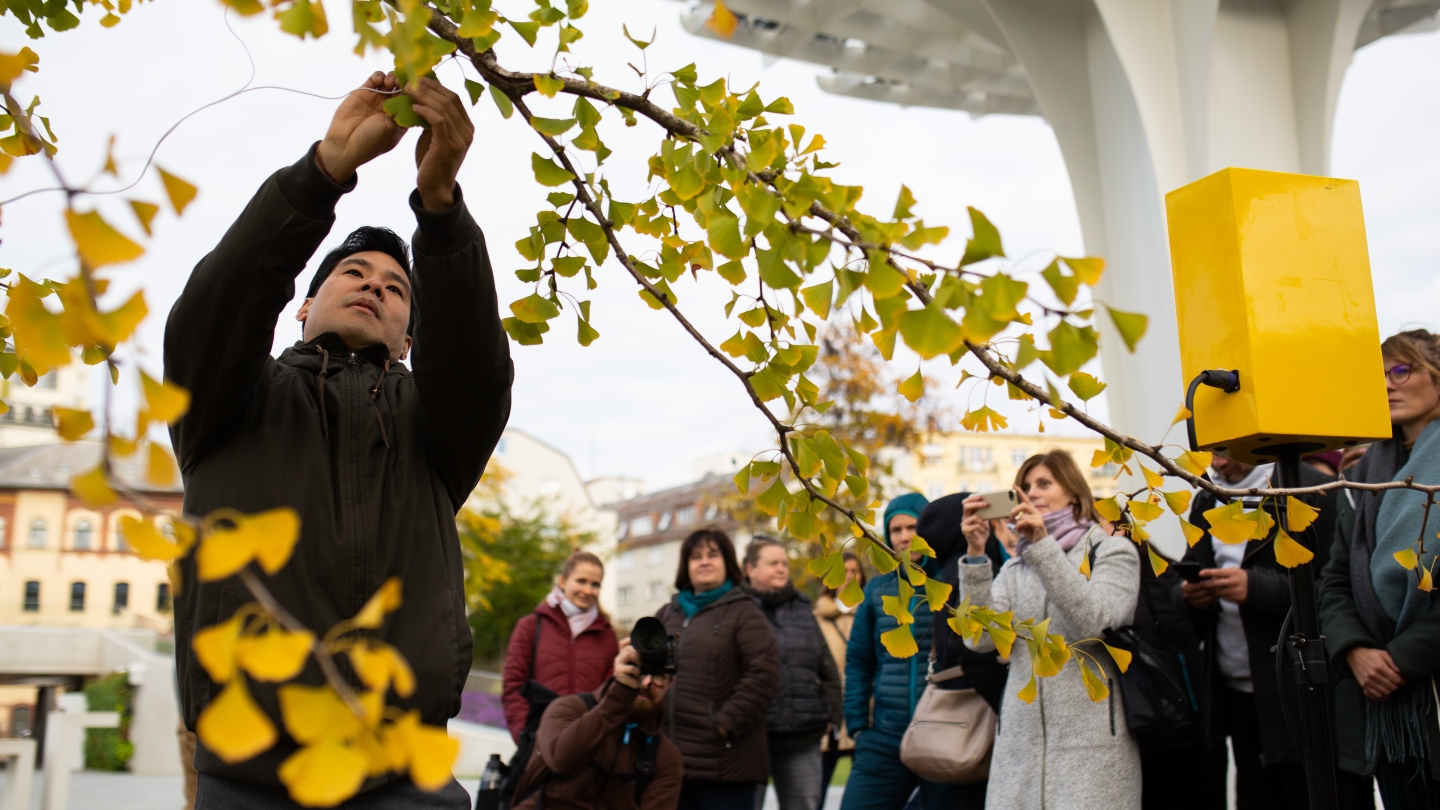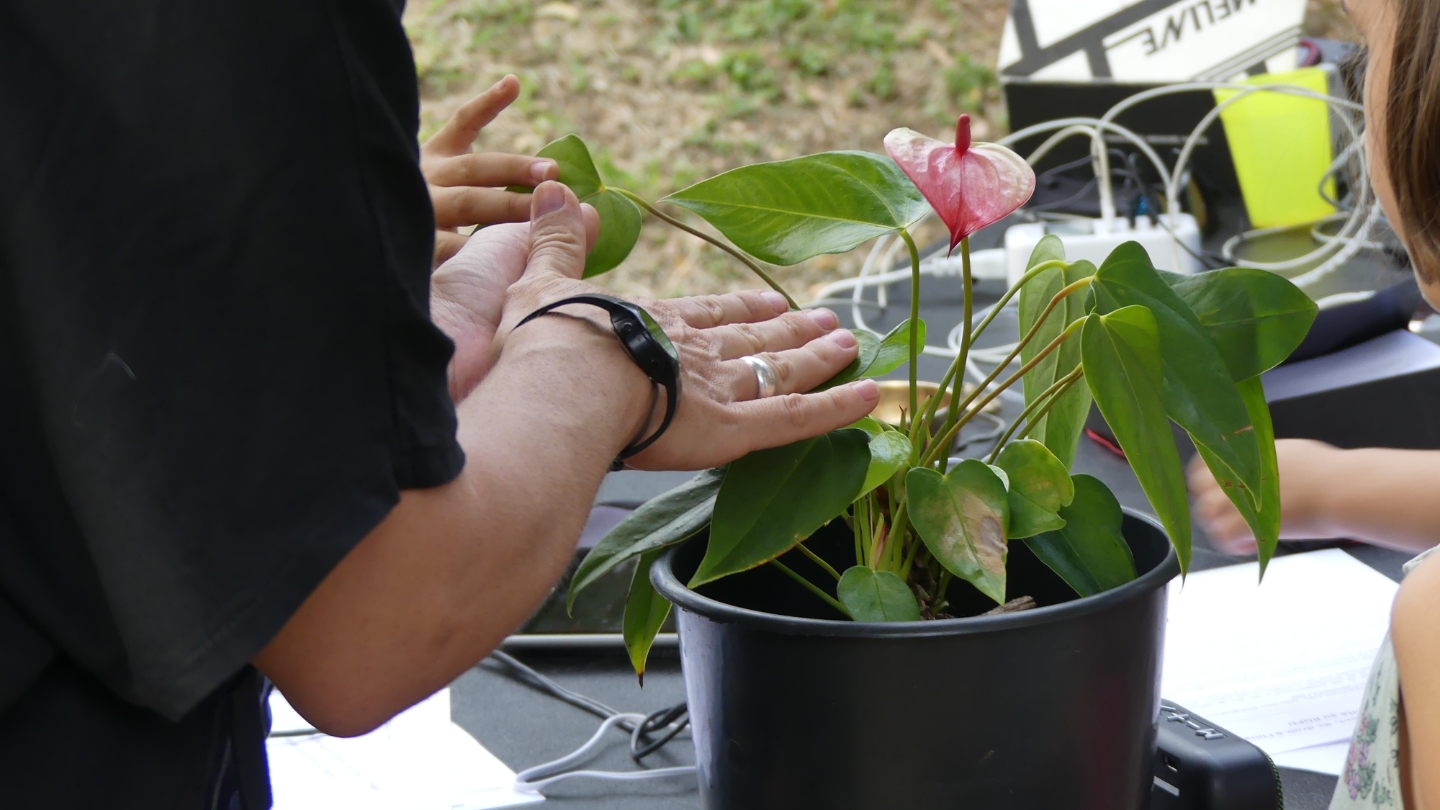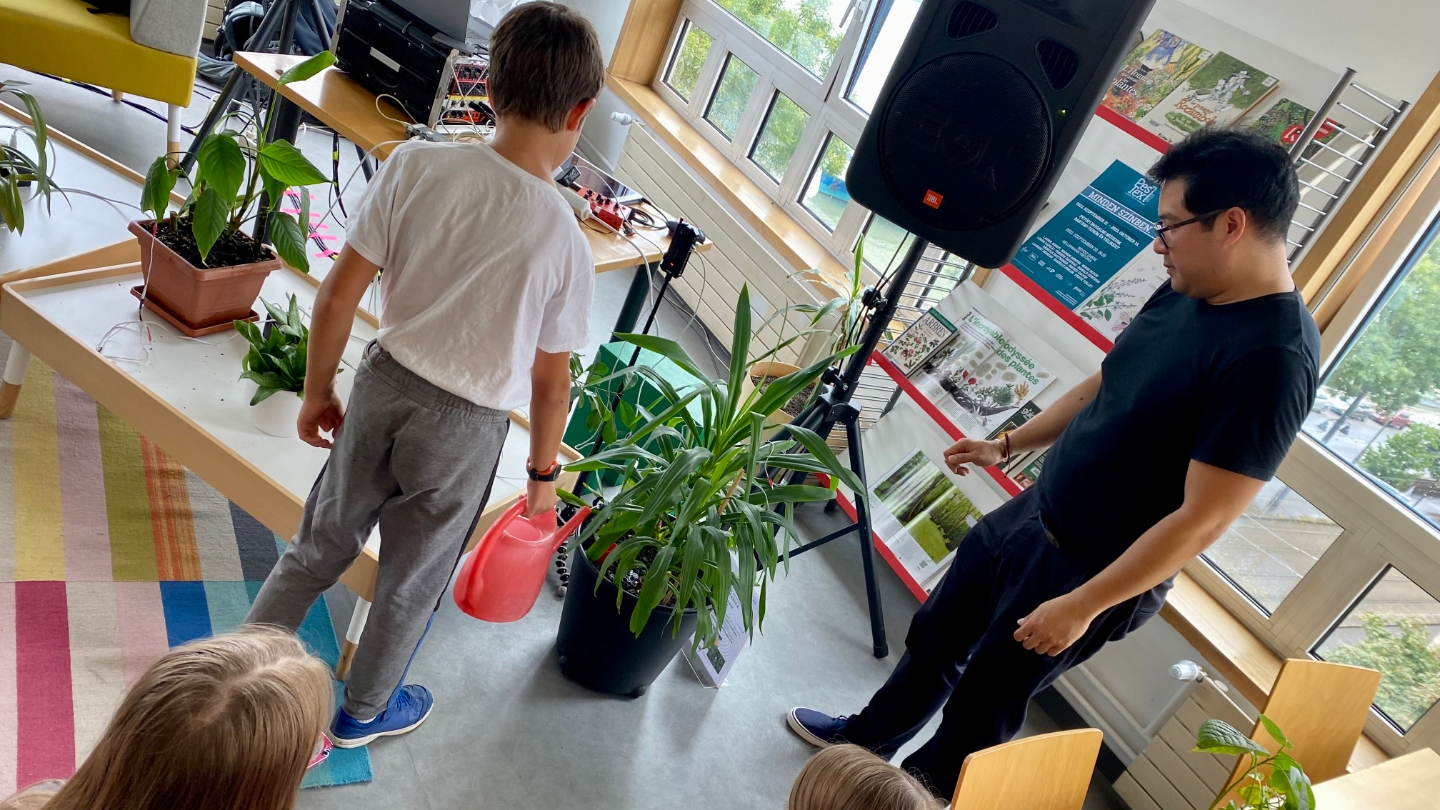Workshop














The biosonification workshop draws inspiration from the Vibrotanica project to offer an introduction to biosonification. This workshop invites participants to discover the secret music of plants by transforming their bioelectrical signals into unique sound compositions. It immerses participants in an experience where technology and nature converge to reveal the hidden symphony of the natural world. Participants will leave with a renewed appreciation for the plant world and the endless possibilities of sound creation.
| Scientific Exploration | Introduce participants to how plants generate bioelectrical signals that can be captured and transformed into sound. |
| Ecological Awareness: | Enhance participants’ understanding of the connections between humans and the plant world, using music as a medium for expression and connection. |
| Inspiration and Curiosity: | Spark interest in exploring new forms of artistic and scientific expression. |
- Brief Presentation: A simple explanation of biosonification and its importance in understanding the interaction between technology, art, and nature.
- Overview of the Vibrotanica Project: A quick introduction to the Vibrotanica project and how it uses biosonification to create an immersive experience.
- Introduction to Tools: Explanation of the sensors and electronic equipment used to capture the plants’ signals.
- Live Demonstration: Real-time illustration of capturing a plant’s bioelectrical signals and transforming them into sounds.
- Interaction with Plants: Participants are invited to gently touch the plants or expose them to light or water to observe the resulting sound changes.
- Listening and Observation: Participants are encouraged to listen closely to the sounds produced and observe the plants’ reactions in real-time.
- Feedback: Participants share their impressions and what they have learned.
- Summary and Q&A: A recap of the workshop and answers to participants’ questions.
- Discussion and Conclusion: A reflection on the creative processes, the experience, and the emotions evoked by the sounds produced from the plant signals.
Target Audience: This workshop is designed to be accessible to everyone, from music enthusiasts to nature and technology lovers. It is ideal for a diverse audience, including individuals with specific needs, thanks to its strong sensory dimension.
Duration: The workshop can be adapted based on the context, ranging from a 1-hour session for a quick introduction to a full-day experience (6 to 8 hours) for a deeper exploration. The longer format includes segments dedicated to learning, creating, and collective reflection.
Required:
Location: The workshop can be held in various settings, such as music studios, cultural centers, or even outdoors, in environments that inspire sound exploration.
The workshop has already been presented at several notable events in 2023 and 2024:
At these events, the intergenerational audience showed great interest in the theme addressed and the artistic work presented. Feedback from both professionals and the public highlighted the uniqueness and originality of the concept. Many participants expressed their desire to speak with the artist after the workshop, asking questions and demonstrating that the workshop effectively captivated minds and provoked deep reflection on the relationship with the living world.













